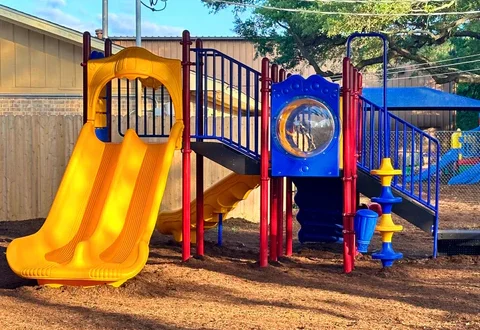What is Positive Discipline?
Positive discipline is an approach that guides children’s behaviour gently and respectfully without the use of punishment, fear, or harsh consequences. It is about teaching kids how to make good decisions, not just forcing them to obey.
This method encourages:
- Self-control
- You can also Contact Us
- Empathy
- Problem-solving Skills
“Discipline does not mean control.” “It’s all about growth, connection, and teaching.”
Why Positive Discipline Works
Children are still learning to express themselves, manage their emotions, and follow rules. They don’t misbehave because they are bad. They act out when tired, overwhelmed, or uncertain of expectations.
Positive discipline is important because:
- Building trust between children and adults
- Teaches what one should do and not just what one shouldn’t do
- Encourages long-term behavioural change
- Stress and power struggles are reduced.
Positive Discipline and Practice
1. Set Clear, Simple Rules
- Use age-appropriate, short language: “We use gentle hand.”
- “Toys remain on the shelf.”
2. Stay Calm, Consistent
- Children learn from watching. Children learn to be calm by watching adults.
3. Use Positive Language
- Say “Walk please” instead of “Don’t Run.”
- Use your quiet voice instead of saying, “No yelling.”
4. Redirect, Don’t Punish
- If your child is throwing blocks, redirect them to a more safe activity:
- “Blocks are meant for building.” We’ll throw this softball instead.”
5. Teach Problem-Solving
- “Your friend is sad.” How can we assist?”
- “Let’s clean together.”
Common Challenges & Gentle Responses
BehaviorTry this Positive Response
Tantrum: Keep close by and offer comfort. “I’ll be there when you are ready.”
Hitting Say calmly: “I can’t let you hit. Find another way to express your anger.
Not listening You can also ask for help by putting your hands at eye level and gently touching you.
Whining: Teach new words by saying: “Say the word in a loud voice.”
Conclusion: Discipline is about teaching, not controlling
Children learn better when they feel supported, safe and seen. Positive discipline creates a climate where children are willing to cooperate, not because they’re being told but because they feel respected.





